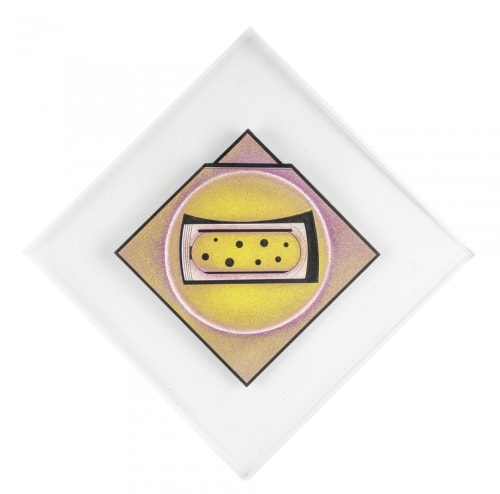[1] Claudia Laudanno, “Carmelo Arden Quin: Aestheticism and Asceticism of a Madi,” Art en Colombia 93; ArtNexus 47 (2003): 60–65. This text is reproduced in Geometric Abstraction in Latin America: Anthological Texts Arte en Colombia/ArtNexus (Bogota: ArtNexus, 2013), 69–70.
[2] Ibid., 68–70.
[3] Shelley Goodman, When Art Jumped Out of its Cage (Dallas, TX: MADI Museum and Gallery, 2004), 45–48. See also Gabriel Perez-Barreiro, “Buenos Aires: Breaking the Frame” in The Geometry of Hope: Latin American Abstract Art from the Patricia Phelps de Cisneros Collection, exh. cat. (Austin, TX: The Blanton Museum, 2007), 36.
[4] Laudanno, “Carmelo Arden Quin,” 69. See also, Shelley Goodman, When Art Jumped Out of its Cage, 48, and Santiago B. Olmo, “The Madi Art Labyrinth: Museo Nacional Centro de Arte Reina Sofia, Madrid,” Arte en Colombia 72; ArtNexus 26 (1997): 119–121. This text is reproduced in Geometric Abstraction in Latin America, 36.
[5] María Amalia García, “Arturo Magazine and the Manifold Power of the Avant-Garde,” in Arturo, facsimile (Buenos Aires: Fundación Espigas, 2018), 33–34.
[6i] Carmelo Arden Quin, untitled text, Arturo, facsimile (Buenos Aires: Fundación Espigas), 49.
[7] Cristina Rossi, “Invention and Movement,” in Kinesthesia: Latin American Kinetic Art, 1954–1969, exh. cat. (Palm Springs, CA: Palm Springs Art Museum, 2017), 66.
[8] Laudanno, “Carmelo Arden Quin,” 68, 69.
[9] Perez-Barreiro, “Buenos Aires: Breaking the Frame,” 36.
[10] Quoted in Rossi, “Invention and Movement,” 76.
[11] Alexandre de la Salle, “Quelques expositions d’Arden Quin et de Madi entre 1958 et 2008,” in Carmelo Arden Quin (Cagnes-sur-mer, France: Editions L’image et la parole, 2008), 259.
